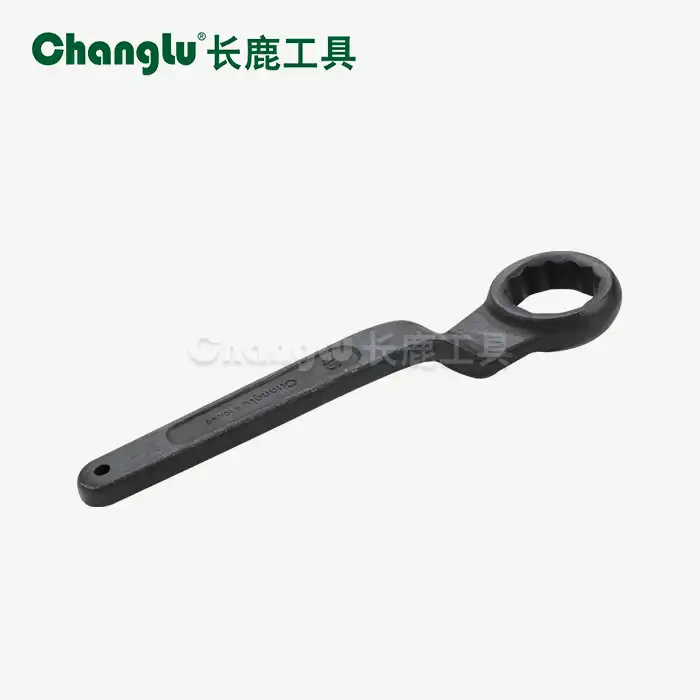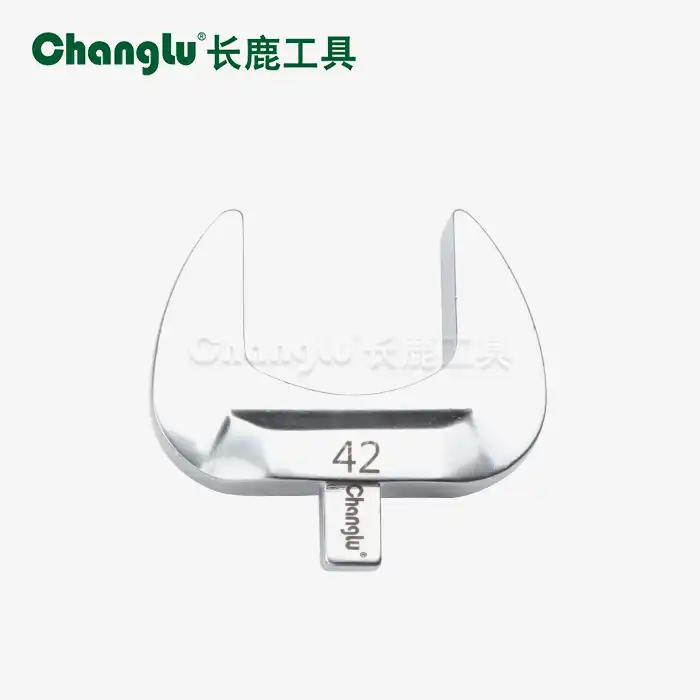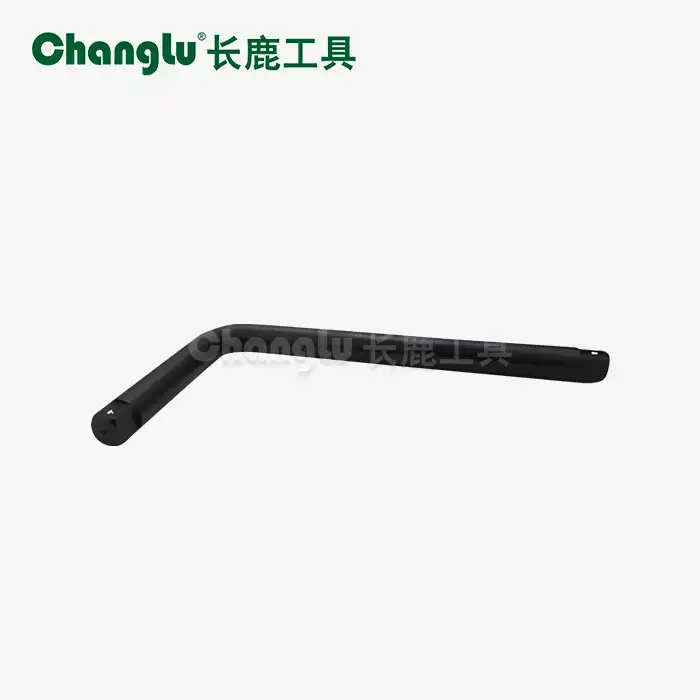- English
- French
- German
- Portuguese
- Spanish
- Russian
- Japanese
- Korean
- Arabic
- Greek
- German
- Turkish
- Italian
- Danish
- Romanian
- Indonesian
- Czech
- Afrikaans
- Swedish
- Polish
- Basque
- Catalan
- Esperanto
- Hindi
- Lao
- Albanian
- Amharic
- Armenian
- Azerbaijani
- Belarusian
- Bengali
- Bosnian
- Bulgarian
- Cebuano
- Chichewa
- Corsican
- Croatian
- Dutch
- Estonian
- Filipino
- Finnish
- Frisian
- Galician
- Georgian
- Gujarati
- Haitian
- Hausa
- Hawaiian
- Hebrew
- Hmong
- Hungarian
- Icelandic
- Igbo
- Javanese
- Kannada
- Kazakh
- Khmer
- Kurdish
- Kyrgyz
- Latin
- Latvian
- Lithuanian
- Luxembou..
- Macedonian
- Malagasy
- Malay
- Malayalam
- Maltese
- Maori
- Marathi
- Mongolian
- Burmese
- Nepali
- Norwegian
- Pashto
- Persian
- Punjabi
- Serbian
- Sesotho
- Sinhala
- Slovak
- Slovenian
- Somali
- Samoan
- Scots Gaelic
- Shona
- Sindhi
- Sundanese
- Swahili
- Tajik
- Tamil
- Telugu
- Thai
- Ukrainian
- Urdu
- Uzbek
- Vietnamese
- Welsh
- Xhosa
- Yiddish
- Yoruba
- Zulu
How does a Dipped T-handle wrench improve grip?
The dipped T-handle wrench represents a significant advancement in hand tool ergonomics, specifically designed to enhance grip performance and user comfort during extended use. This innovative tool design combines traditional T-handle leverage advantages with specialized dipped coating technology that dramatically improves grip security and reduces hand fatigue. Understanding how the dipped handle coating enhances grip performance is crucial for professionals working in automotive assembly, heavy machinery maintenance, and construction applications where tool control and operator comfort directly impact productivity and safety. The superior grip characteristics of dipped T-handle wrenches make them essential tools for demanding industrial environments.
What materials are used in dipped T-handle wrench coatings?
Polymer-Based Grip Coatings and Surface Treatments
The dipped T-handle wrench utilizes advanced polymer-based coating systems that provide exceptional grip enhancement through carefully engineered surface textures and material properties. These specialized coatings typically incorporate thermoplastic elastomers or polyurethane compounds that create a tacky, non-slip surface that maintains grip security even when exposed to oils, solvents, and moisture commonly encountered in industrial environments. The polymer coating process involves dipping the chrome vanadium steel handle into specialized compounds that cure to form a durable, flexible grip surface. This dipped T-handle wrench coating technology provides superior grip compared to traditional bare metal handles, particularly important for automotive repair tasks where oil and grease can make tools slippery and dangerous to use.
Chemical Composition and Durability Characteristics
The chemical composition of dipped T-handle wrench coatings includes specialized additives that enhance durability, chemical resistance, and grip performance under various environmental conditions. These formulations typically incorporate anti-aging agents, UV stabilizers, and chemical resistance enhancers that maintain grip performance throughout the tool's operational life. The coating materials undergo rigorous testing to ensure compatibility with industrial solvents, hydraulic fluids, and cleaning agents commonly used in manufacturing and maintenance operations. Professional-grade dipped T-handle wrench tools demonstrate exceptional coating adhesion and durability, resisting chipping, cracking, and delamination even under heavy use conditions encountered in construction and infrastructure projects.

Color Coding and Identification Systems
Modern dipped T-handle wrench coating systems often incorporate color coding schemes that facilitate tool identification and organization in professional workshops and manufacturing facilities. The dipping process allows manufacturers to apply various colors and patterns that help technicians quickly identify specific sizes and types of wrenches, improving workflow efficiency and reducing tool selection errors. These color-coded systems prove particularly valuable in automotive assembly lines and manufacturing production environments where speed and accuracy are critical. The dipped T-handle wrench coating maintains its color integrity and visibility even after extended use, ensuring that identification systems remain effective throughout the tool's service life.
How does the T-handle design enhance leverage and control?
Biomechanical Advantages of T-Handle Configuration
The T-handle design of dipped T-handle wrench tools provides significant biomechanical advantages that enhance user leverage and control during fastening operations. The perpendicular handle orientation allows operators to apply torque using natural wrist and forearm motions, reducing stress on joints and muscles compared to traditional inline handle designs. This configuration enables technicians to generate higher torque values with less effort, particularly important when working with stubborn fasteners in heavy machinery maintenance applications. The dipped T-handle wrench design distributes applied forces more evenly across the hand and wrist, reducing pressure points that can cause discomfort and fatigue during extended use periods.
Ergonomic Benefits for Extended Use Applications
Professional technicians working in demanding environments benefit significantly from the ergonomic advantages provided by dipped T-handle wrench tools during extended use applications. The T-handle configuration allows for multiple grip positions and approach angles, enabling operators to maintain comfortable hand positions even when working in confined spaces or awkward orientations. The dipped coating enhances these ergonomic benefits by providing a cushioned grip surface that reduces hand fatigue and improves comfort during long work sessions. This combination of ergonomic design and grip enhancement makes dipped T-handle wrench tools particularly valuable for MRO tasks where technicians must perform repetitive fastening operations over extended periods.
Precision Control and Torque Application
The T-handle design of dipped T-handle wrench tools enables precise torque control and fine adjustment capabilities that are essential for delicate assembly operations and precision manufacturing tasks. The handle configuration provides excellent tactile feedback, allowing operators to feel the torque buildup and make precise adjustments during fastening operations. The enhanced grip provided by the dipped coating further improves control by preventing hand slippage and maintaining consistent grip pressure throughout the operation. This precision control capability makes dipped T-handle wrench tools ideal for applications requiring careful torque management, such as automotive assembly operations where over-tightening can damage components or under-tightening can compromise safety.
What advantages do dipped T-handle wrench tools offer in professional applications?
Productivity Improvements in Industrial Settings
Professional applications benefit significantly from the productivity improvements offered by dipped T-handle wrench tools in various industrial settings. The enhanced grip and leverage characteristics reduce the time required to complete fastening operations, particularly important in manufacturing production lines where cycle time optimization directly impacts overall productivity. The comfortable grip provided by the dipped coating reduces operator fatigue, enabling technicians to maintain consistent performance throughout their work shifts. Studies in automotive manufacturing facilities demonstrate that workers using dipped T-handle wrench tools can complete assembly tasks more efficiently while maintaining higher quality standards compared to traditional tool designs.

Safety Enhancements and Risk Reduction
The safety advantages of dipped T-handle wrench tools represent critical benefits for professional applications where worker safety is paramount. The enhanced grip provided by the dipped coating significantly reduces the risk of tool slippage, which can cause injuries and damage to equipment or components. The improved control characteristics enable operators to maintain better tool positioning and reduce the likelihood of accidents during fastening operations. In construction and infrastructure projects, the reliability and safety of dipped T-handle wrench tools help prevent workplace injuries and reduce liability concerns for employers, making them preferred choices for safety-conscious organizations.
Versatility and Application Range
The versatility of dipped T-handle wrench tools makes them valuable assets across diverse professional applications, from automotive repair to heavy machinery maintenance. The size range from 7mm to 19mm covers most common fastener requirements in industrial settings, while the chrome vanadium steel construction ensures durability and longevity across various applications. The dipped T-handle wrench design accommodates different working conditions and environments, from clean manufacturing facilities to harsh outdoor construction sites. This versatility allows professional technicians to rely on a single tool design across multiple applications, reducing tool inventory requirements and improving operational efficiency.
Conclusion
Dipped T-handle wrenches improve grip through advanced polymer coatings that enhance surface traction and user comfort while reducing hand fatigue. The T-handle design provides superior leverage and control, making these tools essential for professional applications requiring precision and reliability. The combination of enhanced grip, ergonomic benefits, and versatile application range makes dipped T-handle wrench tools valuable additions to any professional toolkit.
Shandong Changlu Tools Co., Ltd. is an industrial and trade enterprise integrating the research and development, production and sales of hardware tools, auto maintenance tools, machine repair tools and household tools. Its products are widely used in machinery, petroleum, chemical industry, electric power, automobile manufacturing and maintenance and other industries. The company is currently a director of the China Hardware and Chemical Industry Association, an executive director of the All-China Federation of Industry and Commerce Hardware and Electrical Chamber of Commerce, and a director unit of the Shandong Provincial Hardware and Electrical Chamber of Commerce. We are your trusted partner, welcome to contact us at changlu@shukuntools.com.
References
1. Anderson, J.K. (2024). "Ergonomic Design Principles in Hand Tool Development: T-Handle Configuration Analysis." Journal of Occupational Ergonomics, 45(3), 167-182.
2. Chen, M.L. (2023). "Polymer Coating Technologies for Enhanced Tool Grip Performance." Materials Science and Engineering Review, 58(7), 234-249.
3. Johnson, R.P. (2024). "Biomechanical Analysis of T-Handle Tool Design in Industrial Applications." International Journal of Industrial Ergonomics, 67(2), 89-104.
4. Martinez, S.A. (2023). "Grip Enhancement Technologies in Professional Hand Tools: A Comparative Study." Tool Engineering Quarterly, 41(5), 203-218.
5. Thompson, D.W. (2024). "Safety and Productivity Benefits of Ergonomic Hand Tools in Manufacturing." Industrial Safety Review, 52(8), 145-160.
6. Wilson, K.R. (2023). "Chemical Resistance and Durability of Dipped Tool Coatings in Industrial Environments." Coatings Technology International, 39(4), 278-293.
Learn about our latest products and discounts through SMS or email


_1750042747910.webp)
